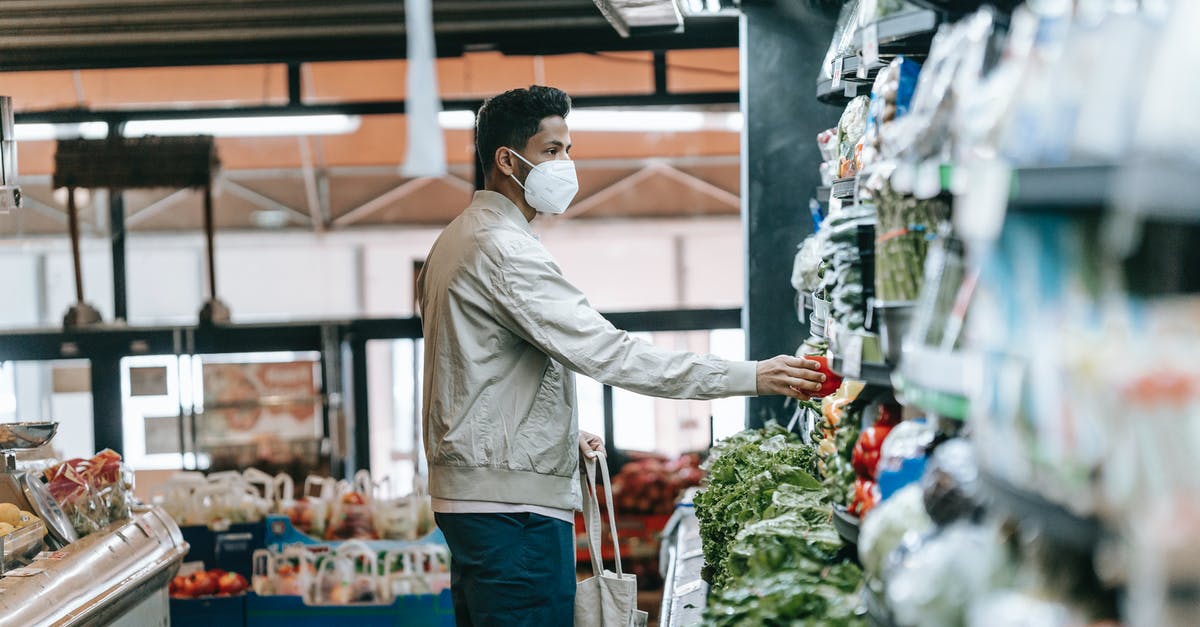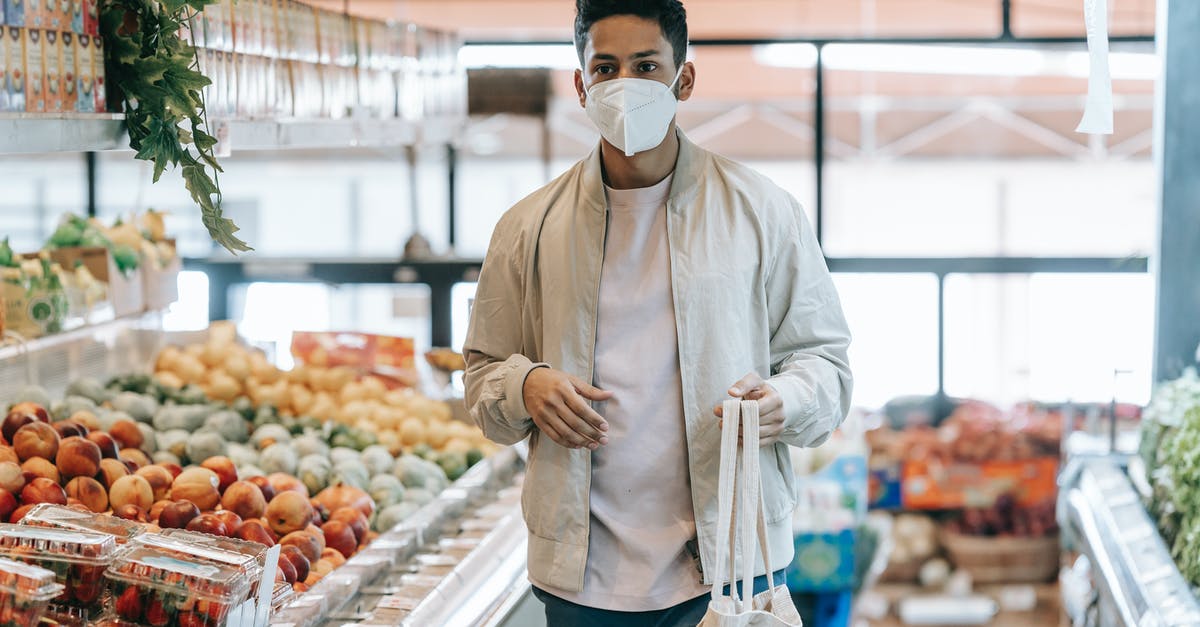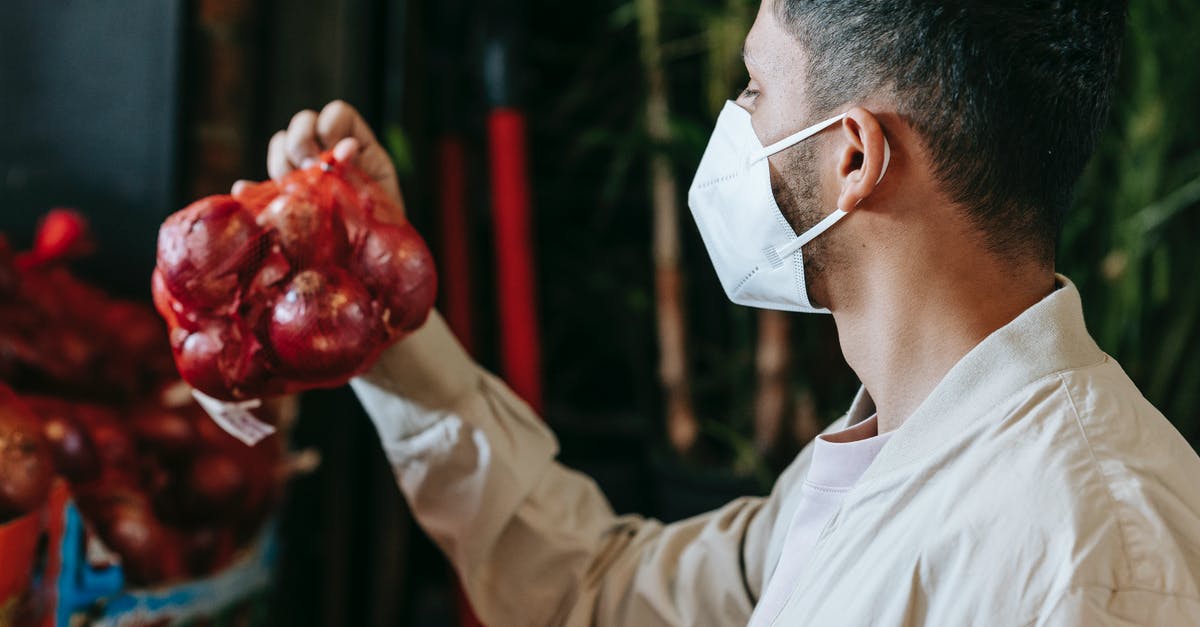Food Safe 3D printed Jello Molds

I am purchasing a PLA/ABS/etc. 3D printer for various projects and a friend asked me to make a Jell-O mold. I am aware that PLA degrades into harmless lactic acid and there are Food Grade varieties for purchase but that isn't the only issue. There are other potential issues such as contaminates from the printing device (maybe from the metal or remnants of other plastics) and bacterial growth in the rough surface of the plastic. That being said, one internet article from 3 years ago is probably not complete.
For cookie cutters (no friend; I want those), I intend to try putting aluminum foil or saran wrap on the cutting part. This would decrease any detail of a Jell-O mold but it might be the correct direction to go.
Is there food safe way to print cooking tools intended for repeated use at low temperatures to moderate temperatures without a printer specifically designed to be food safe? If I am not comfortable my tool is food safe (say it needs to be ABS or bright purple), is there a way I can permanently or temporarily coat such a tool to make it food safe without sacrificing excessive amounts of detail or functionality?
Best Answer
I'd recommend using ABS for food tools, as well as cleaning in the dishwasher. The heat from the dishwasher will kill whatever contaminants you might encounter and the ABS plastic has a high enough melting point to avoid being ruined. PLA will just melt in the dishwasher and some cookie cutters have details you won't be able to clean properly by hand without risking damage to the cutter, or loosening pieces that could break apart in the food unknowingly.
I'm no biologist or anything so I don't have any scientific evidence to support this claim. It's just the info I got when I asked this same kind of question to things4thinkers.com before ordering some cookie cutters from them. They're all 3D printed and the ones I got were ABS because I asked for them that way. So far I haven't noticed anything fishy about the cutters and they have held up in the dish washer fine.
I wouldn't do the foil thing personally. It seems like a lot of effort that will probably alter the mold you're trying to make. Or just end up being a pain when trying to cut cookies. Plus you still risk fragments of the foil being left behind in the food as well.
By the way, ABS plastic can be purchased from any number of manufacturers. Some may not be considered "food safe" where as others specifically state they are. Look at this "food safe" filament. Just make sure your printer can handle that filament, though if yours can handle ABS it should be able to handle this. Not an expert though.
Pictures about "Food Safe 3D printed Jello Molds"



Is 3D printed PLA safe for food?
PLA is a 3D printing material that is safe for food contact. With plastic injection molding, this material is used to make packaging.What 3D print material is food safe?
Food safe 3D printing filaments include PLA, PP, co-polyester, PET, PET-G, HIPS, and nylon-6, as well as some brands of ABS, ASA, and PEI. Having to run parts through the dishwasher rules out PET, nylon, and PLA because these plastics soften and distort around 60\u201370 \xb0C.Can 3D printed objects be edible?
Food 3D printers are mostly suited for architecting intricate shapes and designs, not actually cooking the ingredients. Usually, the edibles are either ready for consumption or will be cooked in an external oven (or grill) once the 3D printing process is finished. There are some exceptions, of course.Is Ender PLA food safe?
Parts printed in pla are food safe, as pla is usually made from corn starch. However, most 3d printed parts would not be food safe for they have many crevices where bacteria can grow. Also, if you printed with materials other than pla with that nozzle, traces of the material (which would make it into the print.How to make food-safe 3D printed models
Sources: Stack Exchange - This article follows the attribution requirements of Stack Exchange and is licensed under CC BY-SA 3.0.
Images: Laura James, Michael Burrows, Michael Burrows, Michael Burrows
